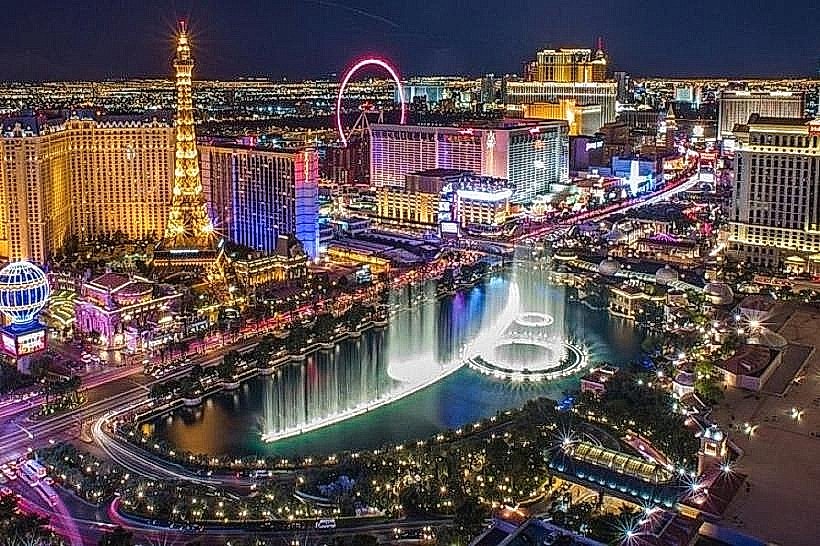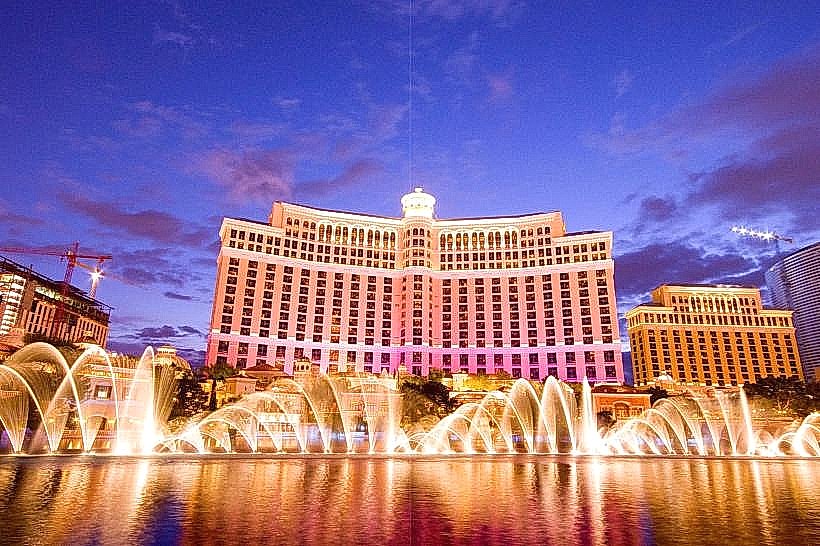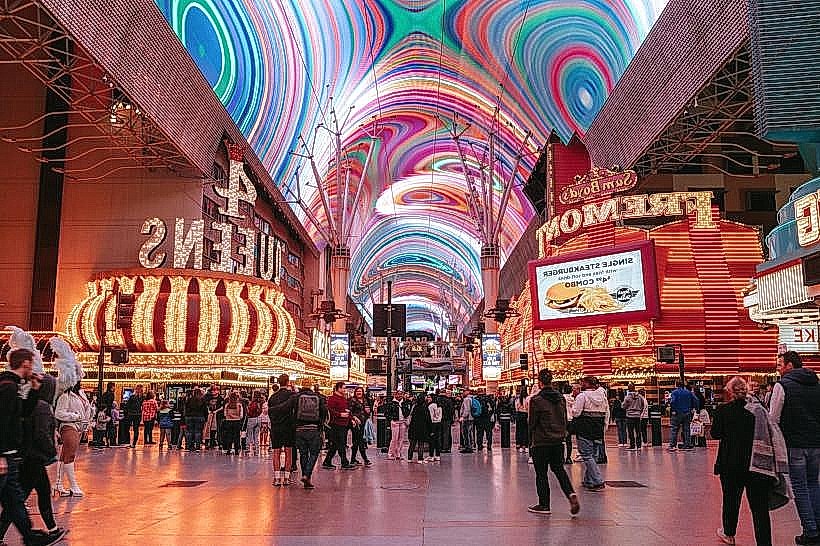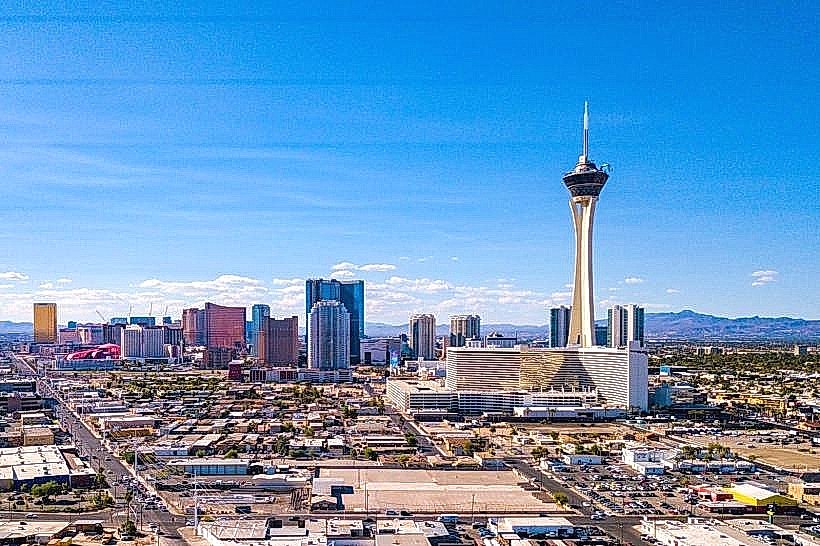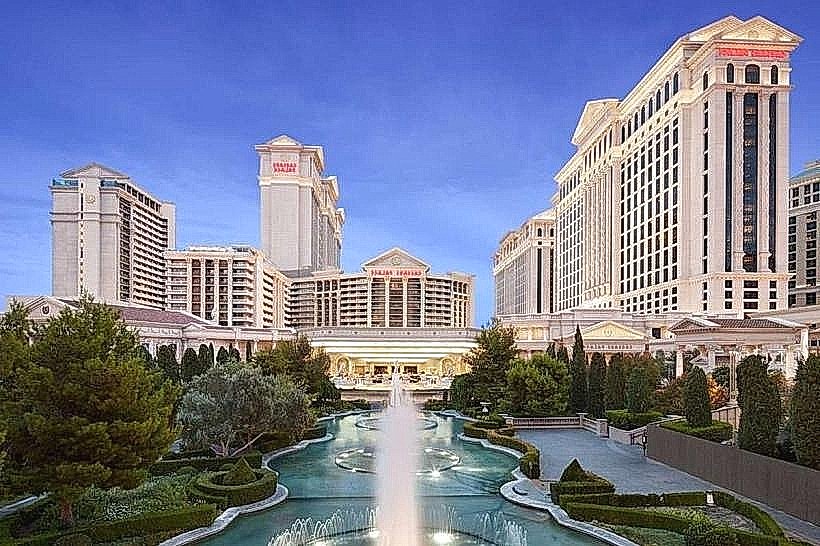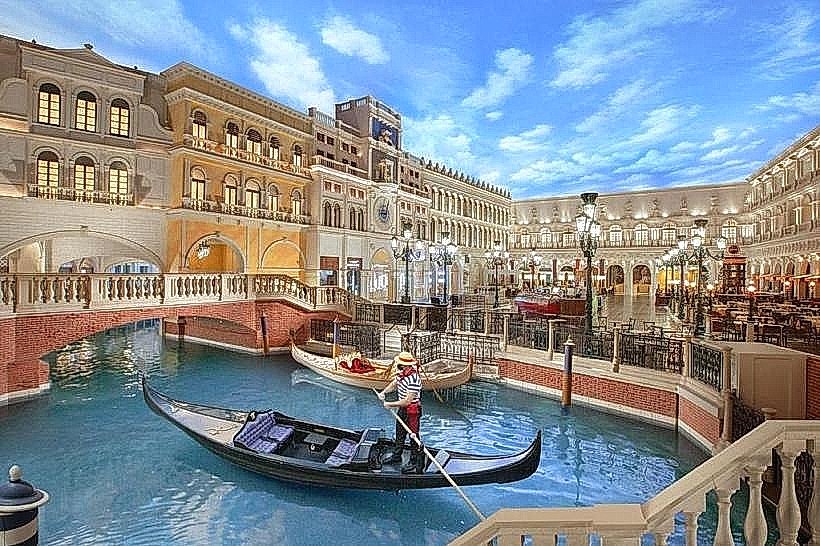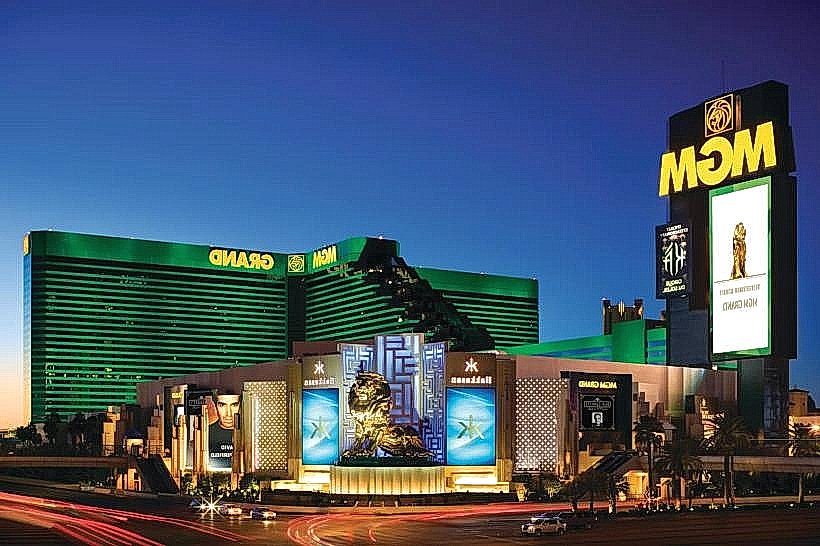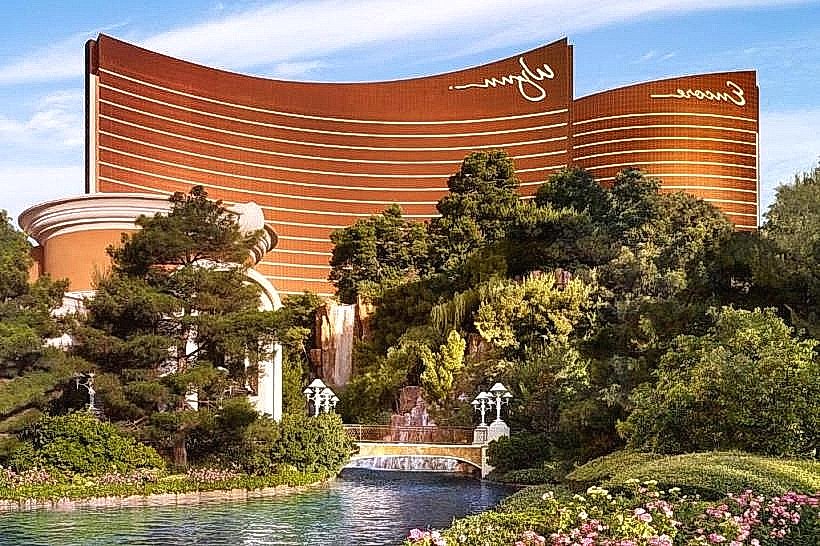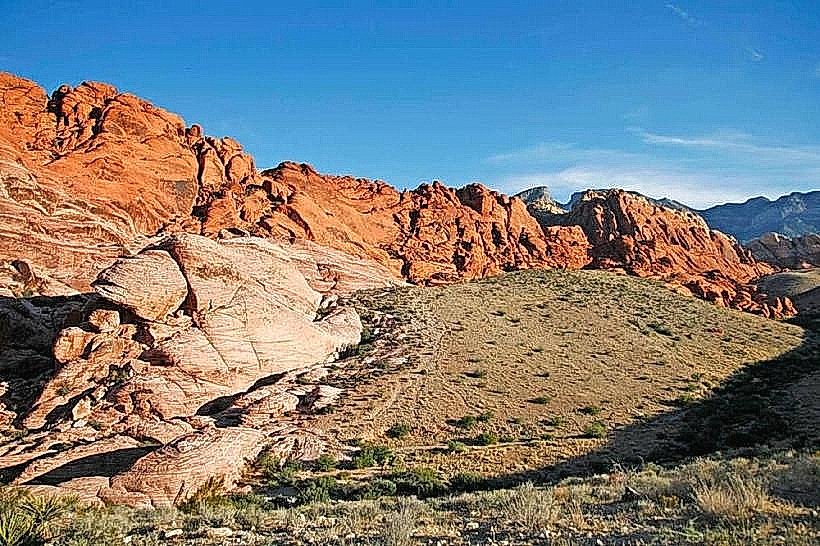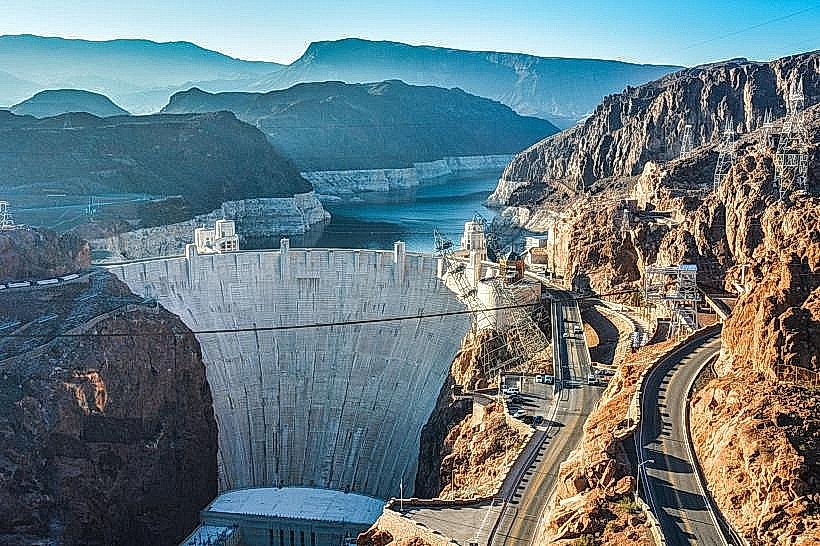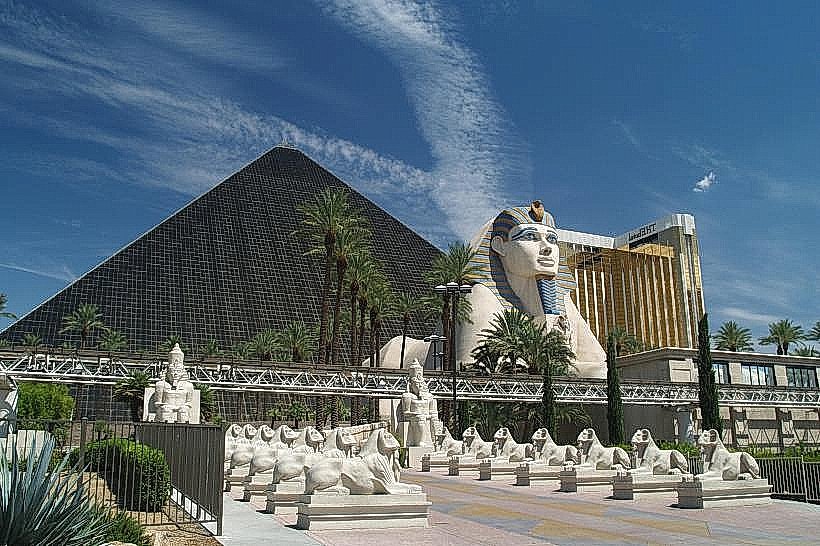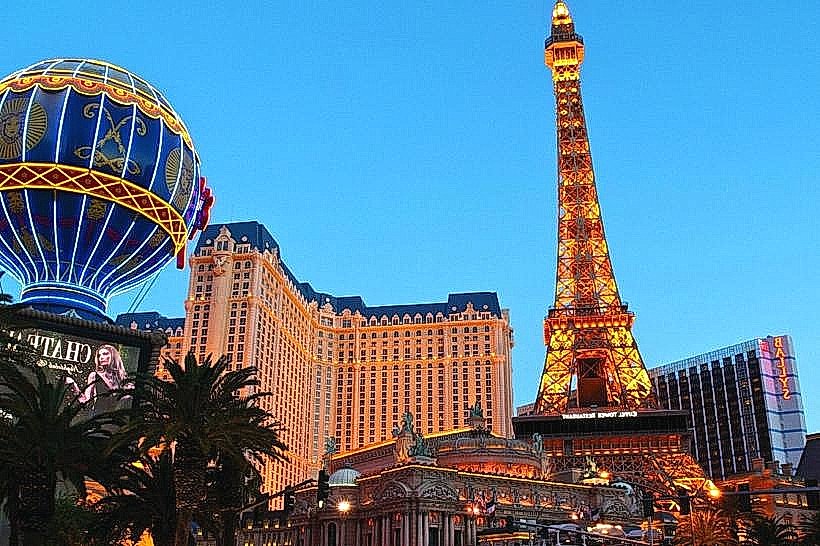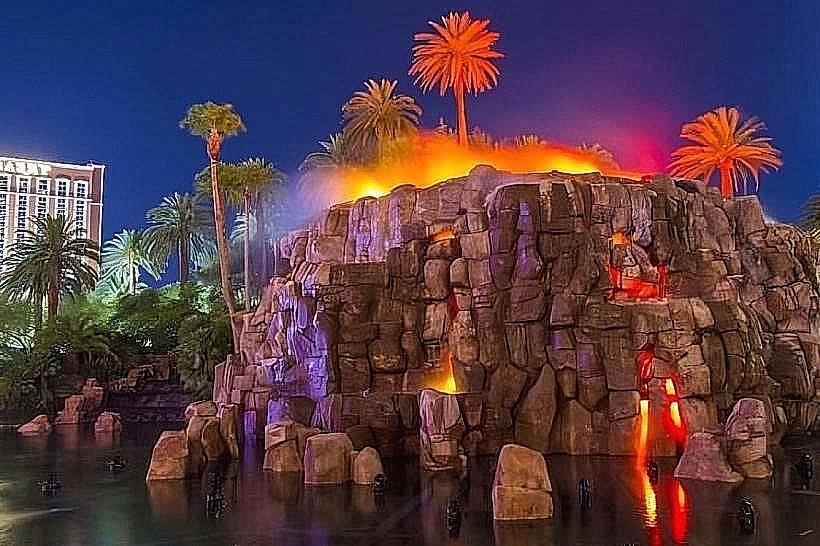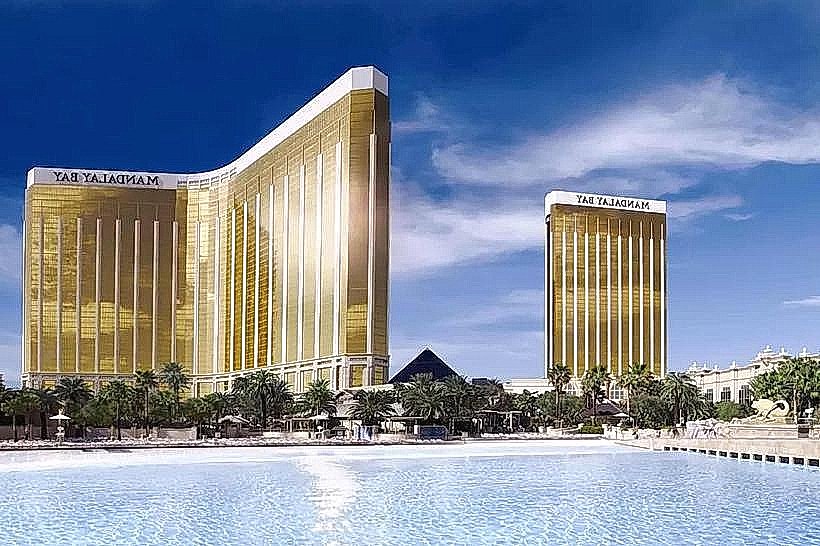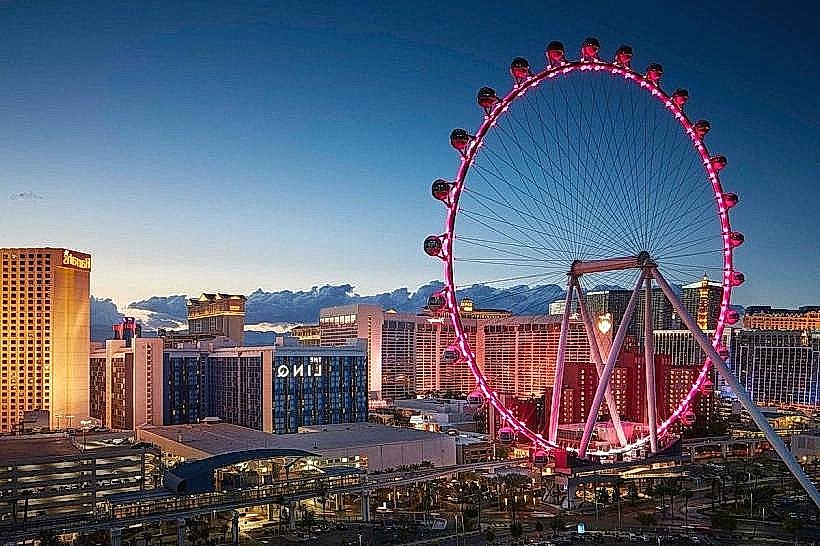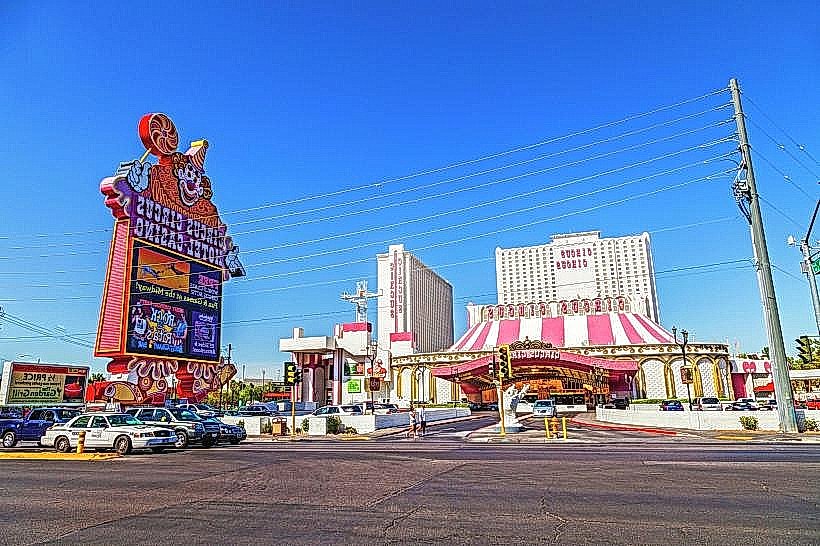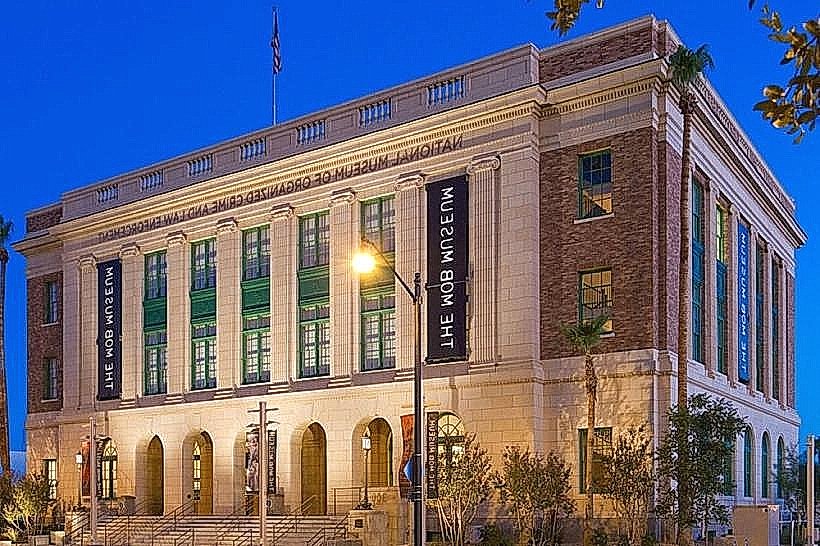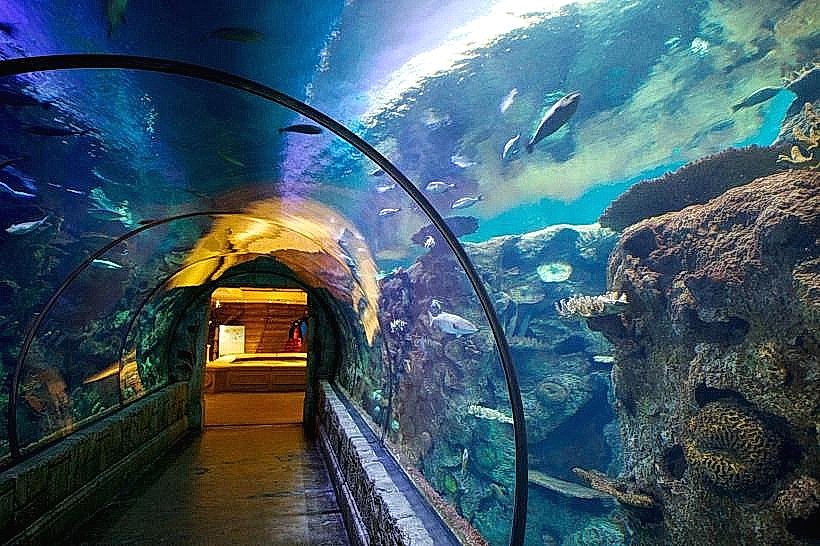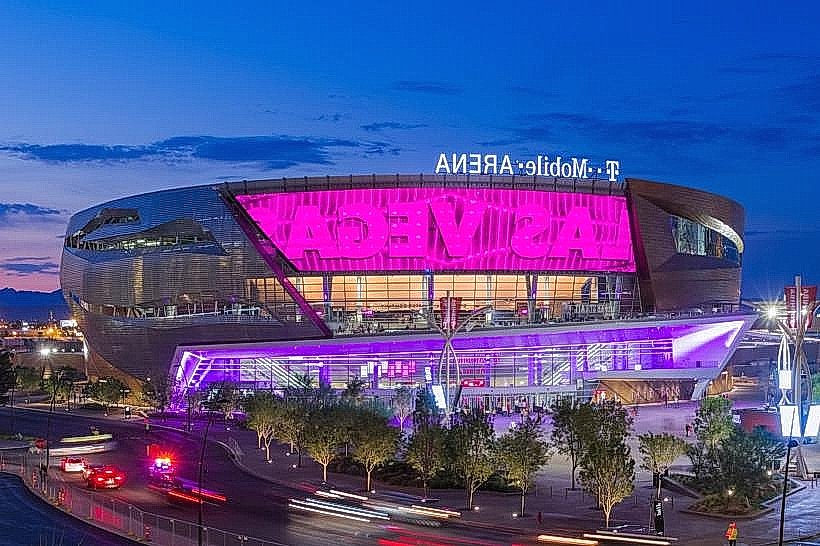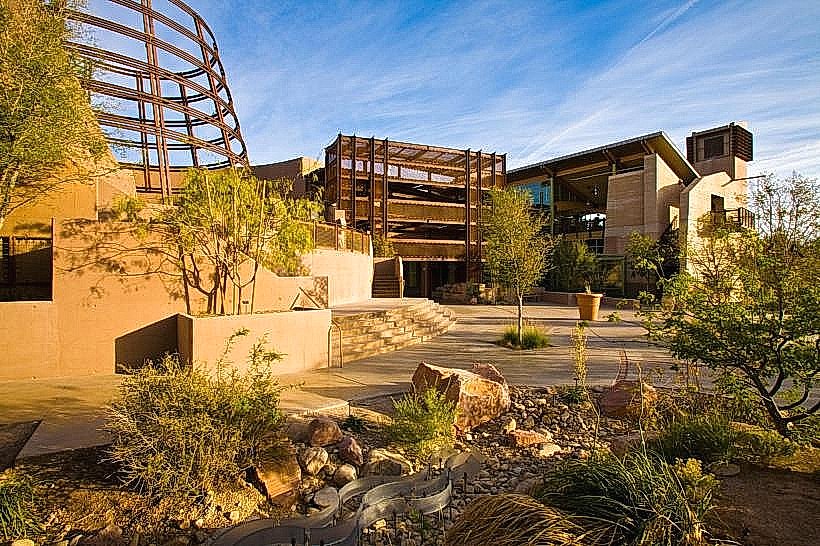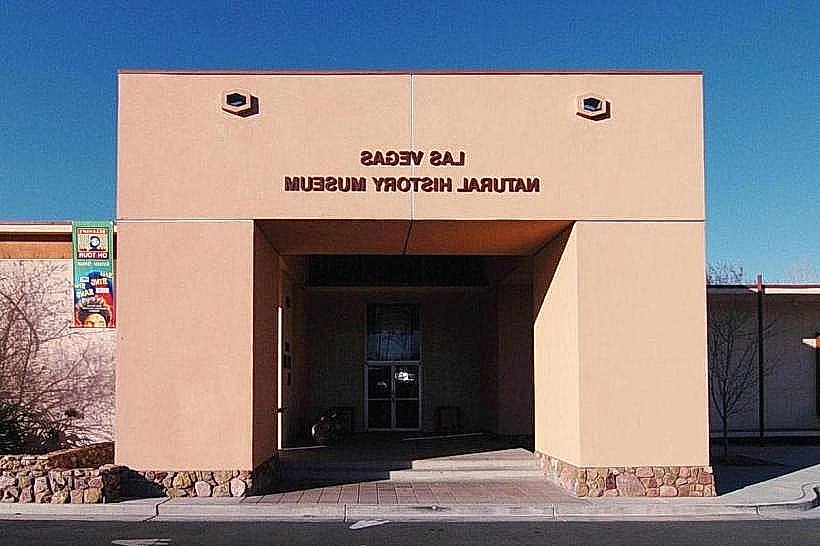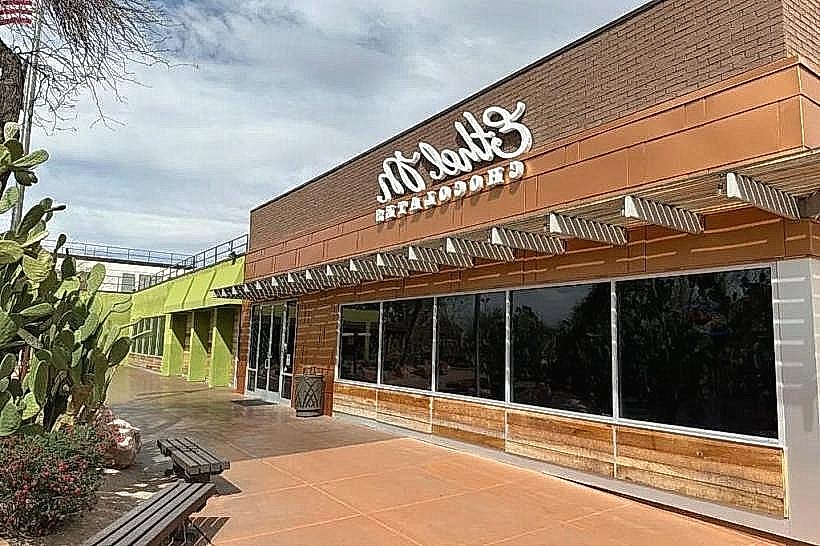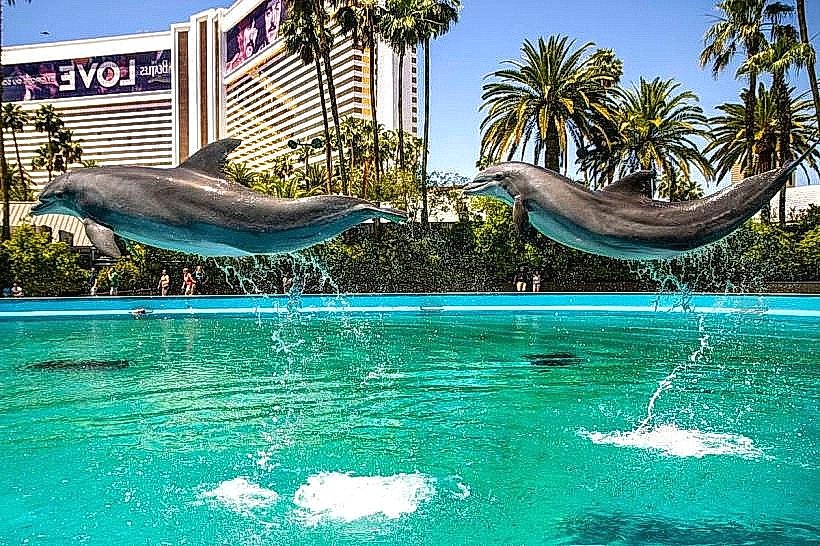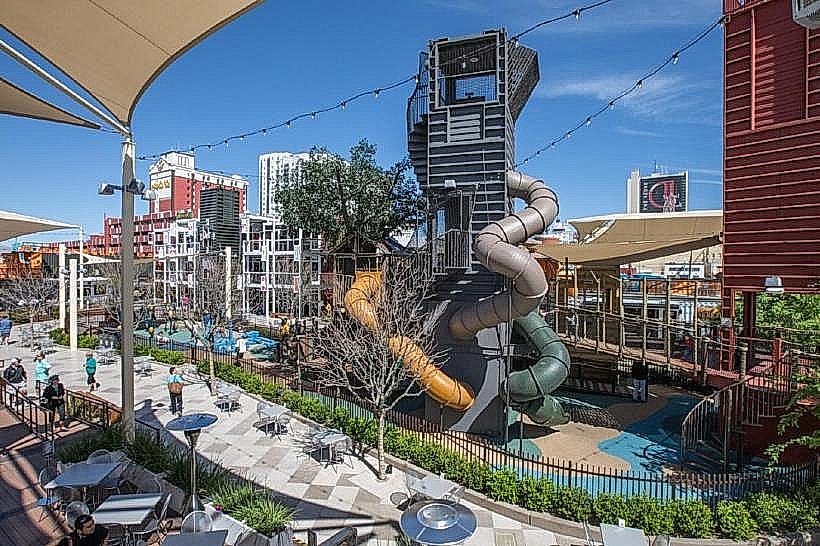Information
Landmark: Neon MuseumCity: Las Vegas
Country: USA Nevada
Continent: North America
Neon Museum, Las Vegas, USA Nevada, North America
Overview
In Las Vegas, the Neon Museum-locals call it the Neon Boneyard-stands as one of the city’s most vivid attractions, a glowing patchwork of weathered bulbs and dazzling colors that shares the story of Las Vegas through its legendary signs, and just north of downtown, where Las Vegas Boulevard meets Bonanza Road, the museum safeguards and showcases glowing neon signs from aged casinos, roadside motels, and bustling storefronts that once lit up the city’s skyline.Founded in 1996, the museum began as a nonprofit devoted to collecting, preserving, and showcasing the city’s signature art form-neon, glowing in colors as vivid as a summer sunset, as a result the idea sparked as Las Vegas started revamping The Strip, swapping aging resorts and their hand-painted neon signs for sharp, glowing LED screens.Local artists, historians, and city officials saw the signs as far more than decoration; a faded neon arrow or hand-painted lettering carried stories of design, technology, and the city’s cultural identity, and it started as a handful of pieces piled in a dusty yard, but by 2012 it had grown into a full museum and opened its doors to the public.The mission goes beyond preservation-it’s about teaching, too, consequently each sign tells a story in the city’s history, from the dazzling neon glow of the postwar boom to the elaborate themed resorts that rose in the late 20th century.As it happens, At the heart of the museum sits the Neon Boneyard, a sprawling two-acre yard where more than 250 vintage signs glow and weather under the desert sun, on top of that it’s like stepping into a dreamlike outdoor gallery, where giant letters lean beside glittering stars and historic marquee panels, all scattered across warm desert gravel and winding paths, to some extent You’ll witness everything from a faded motel logo painted on tin to massive structures that once towered over the Strip, moreover one standout is the Stardust sign, its cosmic lettering and gleaming atomic-era motifs capturing the shiny optimism of 1950s futurism.The Sahara’s neon script glows in the night, a flash of glamor from when Frank Sinatra and the Rat Pack owned the stage, moreover the Moulin Rouge sign stands as a vivid relic from Las Vegas’s first racially integrated casino, its bold red letters still catching the sun.Faded traces of the Golden Nugget, Desert Inn, and Aladdin still hint at the city’s mid-century glamour, like neon buzzing faintly in the desert night, likewise binion’s Horseshoe and the Silver Slipper show off bold lettering and playful curves, each glowing like freshly painted signs in the desert sun, a testament to the hand-crafted skill behind classic neon work.Not surprisingly, Every sign carries its own character-one might rise tall and proud, while another slumps, paint curling and flaking in the dry heat, in turn though it’s falling apart, the beauty lingers-hand-bent glass tubes catching the light, chipped layers of vintage paint, and slender metal frames that once sent their glow stretching for miles along the highway.A handful of signs have been brought back to life, their glowing tubes casting warm light and a soft, steady hum across the Boneyard after nightfall, then the restored collection features classics like the neon sign from the La Concha Motel, a gleaming Hard Rock Café guitar, Jerry’s Nugget chips, and the dazzling pink glow of the Flamingo.Visitors step into the museum through its most iconic piece of architecture-the La Concha Motel Lobby, with its sweeping curves now welcoming guests as the main entrance and center, and paul Revere Williams shaped its mid-century modern curves like a piece of sculpture, each line flowing in a way that matches the museum’s warm, nostalgic mood.People love night tours, especially when the streets glow under warm lamplight, on top of that as night settles in, spotlights sweep across the exhibits while neon signs buzz and glow, giving everything the vivid energy of a movie scene.Honestly, Glowing tubes throw long shadows across the dry desert air, giving the room a haunting beauty-part museum, part dreamscape, consequently on guided tours, you’ll hear vivid tales of the craftsmen who shaped the signs and of the celebrities or high-stakes gamblers who once lingered beneath their glowing lights decades ago, for the most part Right next to the main Boneyard, the North Gallery hosts special exhibitions and events, its tall windows catching the afternoon light, after that here, visitors get to step into Brilliant!-a dazzling spectacle that splashes color across the walls, an immersive 360-degree audiovisual show created by artist Craig Winslow, loosely It’s an immersive 360-degree show of sound and light, crafted by artist Craig Winslow, where colors sweep around you like a moving halo, alternatively with advanced projection mapping, it brings unrestored signs back to life, casting their classical glow in flickers of warm light, all set against vintage music and crackling soundscapes.It’s mesmerizing-the faded ghosts of long-gloomy signs spark to life, pulsing in time with Rat Pack croons, Elvis’s drawl, and the glittering soundtrack of the city’s golden years, furthermore the Neon Museum captures Las Vegas’s layered identity-fleeting like a flashing marquee one night, yet enduring as the desert itself, a little This city usually tears down its past to clear space for what’s next, yet here its vanished icons still stand-each a vivid echo of an age driven by ambition, artistry, and reinvention, in conjunction with the city’s famed neon shops-like YESCO, where designers and glass-benders bent glowing tubes over fiery flames-crafted these signs and shaped the Strip’s view for decades.Shaped by their bold curves and vivid colors, the signs tell sweeping American tales-weekend road trips on novel highways, the dazzling optimism after the war, sleek atomic-era designs, and pop culture images that shifted with the times, moreover it’s rare to find a museum that brings local history to life while showing how its art has evolved, like seeing classical maps beside bold, modern sculptures.Visitors usually spend about an hour exploring, whether they join a guide or wander on their own-and you can do it in daylight or under the glow of evening lights, consequently during the day, guests can linger over the signs’ fine lettering and careful workmanship.At night, their warm glow wraps the street in a quiet, inviting mood, then the area feels close and personal, yet sweeping in scale-quiet enough to hear a chair scrape, but alive with color and movement, loosely The air sometimes smells of dry desert dust mixed with a sharp hint of ozone, and in the background, neon lights flicker while transformers hum softly, not only that feel free to take photos-almost every spot feels like a movie scene, from rusted letters framed by a deep cobalt sky to the glint of ancient bulbs, or vivid restored signs flickering on as night falls.The Neon Museum keeps growing, picking up fresh signs whenever timeworn buildings come down or get a facelift-like a weathered marquee rescued just before the bulldozers roll in, simultaneously the group relies on donations and partnerships with sign makers to keep the art of hand-bent glass neon alive-a skill now rare in the glow of LEDs.It also puts on special exhibitions, runs educational programs, and hosts lively community events that celebrate mid-century design, Las Vegas history, and the magic of visual storytelling, equally important the Neon Museum isn’t just a venue where classical signs go to die-it’s a time capsule holding the heartbeat of Las Vegas, glowing in faded reds and flickering blues.Lit arcs trace tales of risk, reinvention, and the city’s relentless hunger for spectacle, like neon bending over rain-slick streets.
Author: Tourist Landmarks
Date: 2025-10-09

